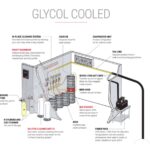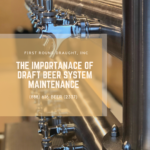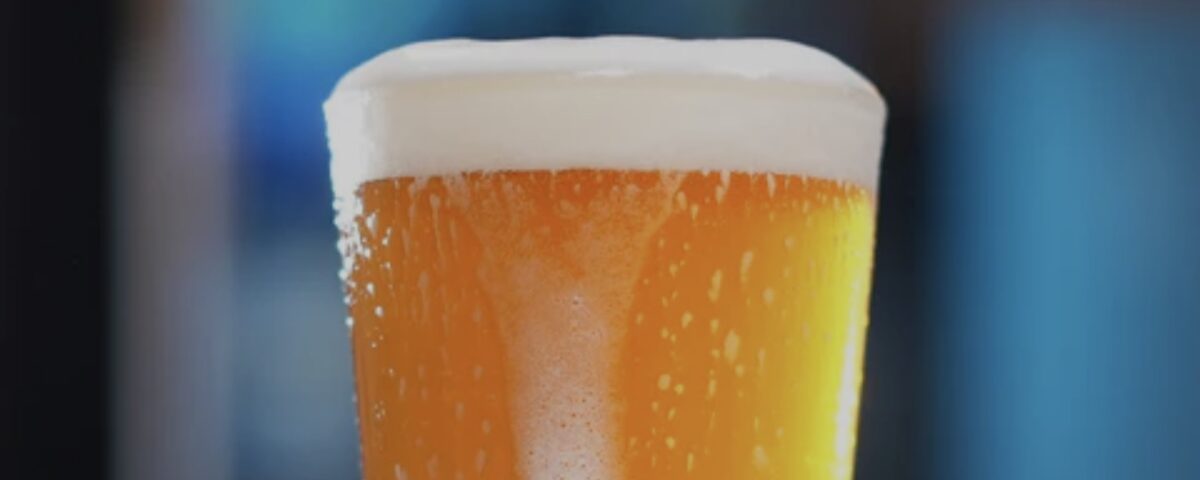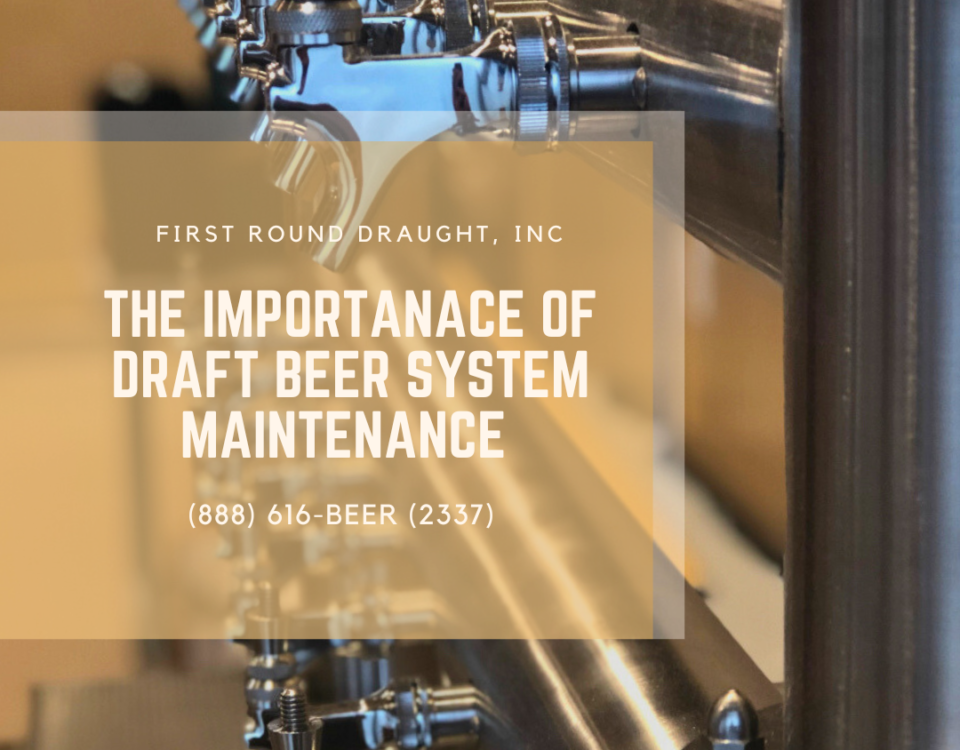
The Benefits of Glycol Chilled Beer Systems
November 3, 2023
The Importance of Draft Beverage System Scheduled Maintenance Programs
November 20, 2023Introduction:
Draft beer systems are the backbone of any bar or restaurant, ensuring that customers can enjoy a fresh and perfectly poured pint. Among the different types of draft beer systems, long draw and direct draw systems are commonly used in the industry. In this blog post, we will delve into these two systems and discuss how they work to deliver that satisfying beer experience.
Long Draw Beer System:
The long draw beer system, also known as a remote draw system, is commonly found in larger establishments with a wide selection of beers on tap. It offers the advantage of having a remote cooler, which allows for increased capacity and easier maintenance.
Components:
- Remote Cooler: The remote cooler is a refrigerated storage area located away from the bar area. It houses multiple kegs and maintains them at the optimal temperature.
- Glycol System: A glycol system uses a coolant solution, typically a mixture of water and propylene glycol, to ensure the beer remains cold as it travels from the remote cooler to the taps.
- Trunk Line: The trunk line is an insulated tube that carries the beer from the remote cooler to the taps at the bar.
- Beer Line: The beer line connects the trunk line to the tap, facilitating the final dispense.
Working Mechanism:
- Kegs are stored in the remote cooler, which is maintained at the desired temperature to ensure the beer remains fresh.
- A glycol system circulates chilled coolant through the trunk line, creating a temperature-controlled environment for the beer during transport.
- The trunk line, insulated with glycol, carries the beer from the remote cooler to the taps located at the bar.
- When a customer opens a tap, the beer flows through the beer line and is dispensed into their glass, offering a consistent and refreshing pour.
Direct Draw Beer System:
The direct draw beer system, also known as a kegerator, is commonly used in smaller establishments, home bars, or events where a limited number of beers are on tap. It provides a compact and convenient solution for dispensing beer directly from a keg.
Components:
- Keg: The keg, containing the beer, is placed inside the kegerator, which is typically a refrigerated cabinet or draft tower.
- CO2 Tank: A CO2 tank supplies pressure to push the beer from the keg to the tap.
- Beer Line: The beer line connects the keg to the tap, facilitating the flow of beer.
- Faucet: The faucet is where customers pour their beer.
Working Mechanism:
- The keg is stored inside the kegerator, ensuring the beer remains chilled and fresh.
- A CO2 tank, connected to the keg, provides pressure to push the beer out when the tap is opened.
- When a customer opens the faucet, the pressurized CO2 forces the beer from the keg through the beer line and out of the tap, resulting in a smooth and controlled pour.
- Direct draw systems are typically self-contained, requiring minimal maintenance and space, making them ideal for small establishments or personal use.
Conclusion:
Long draw and direct draw beer systems are two common types of draft beer systems used in the industry. While long draw systems are designed for larger establishments with a wide variety of beers, direct draw systems offer a compact and straightforward solution for smaller spaces.


